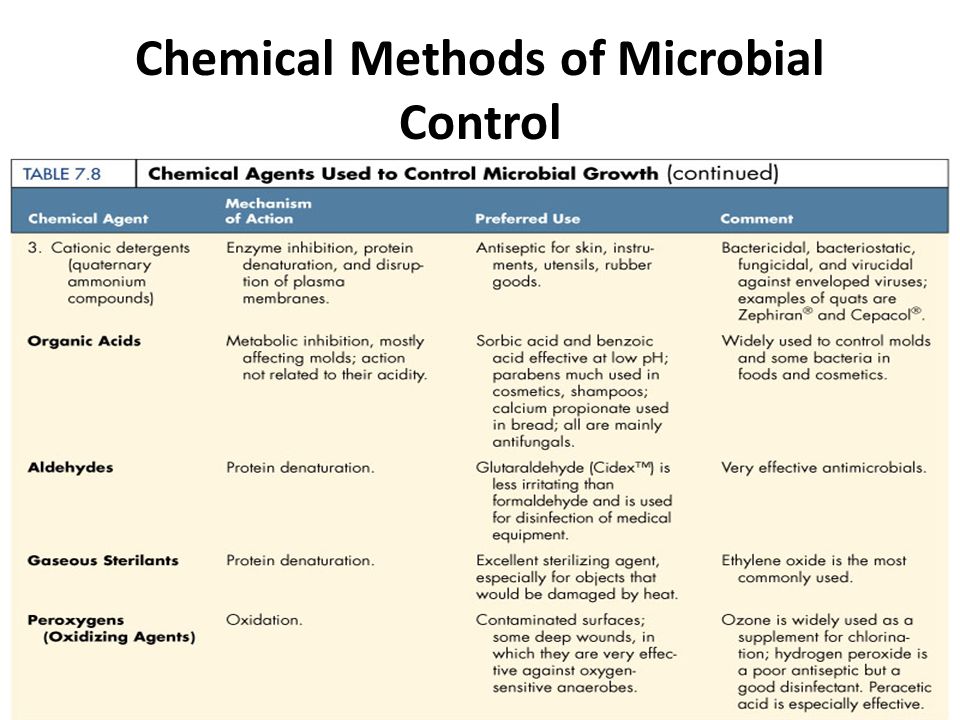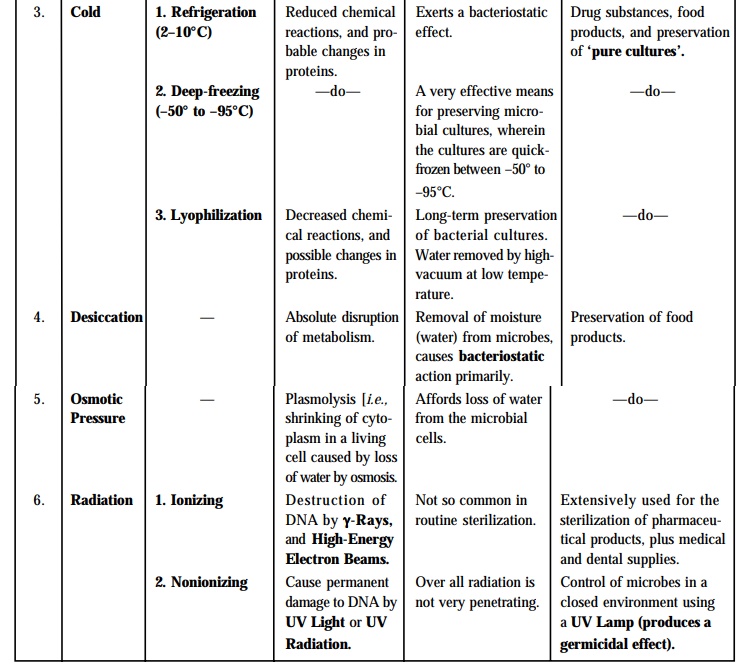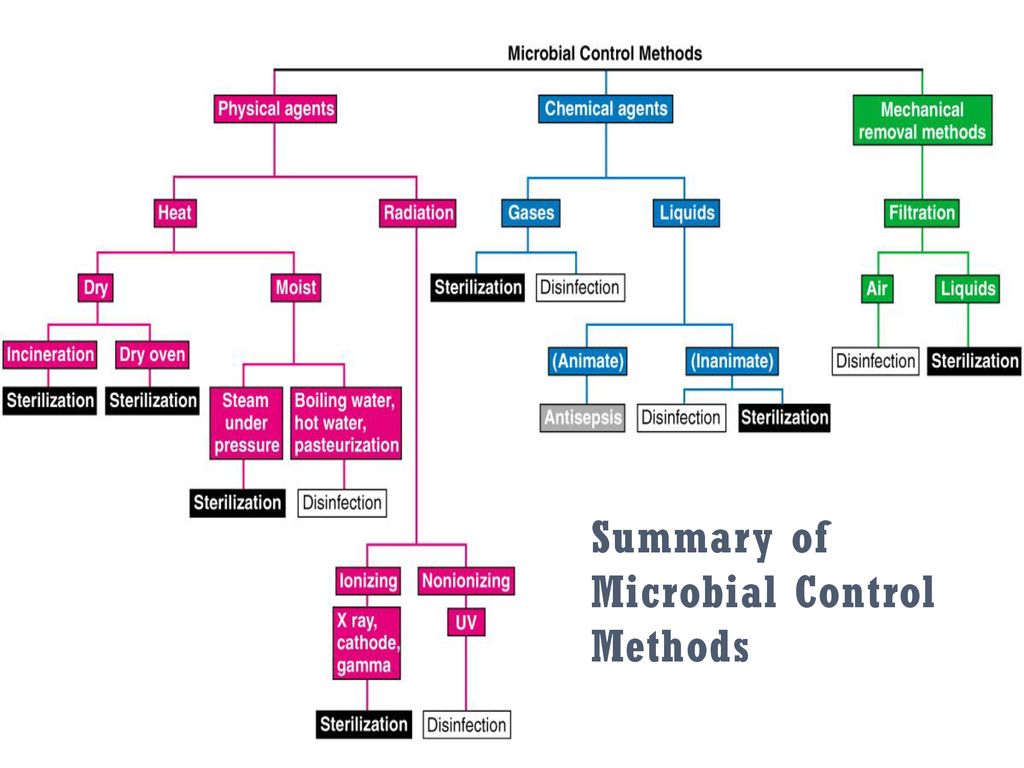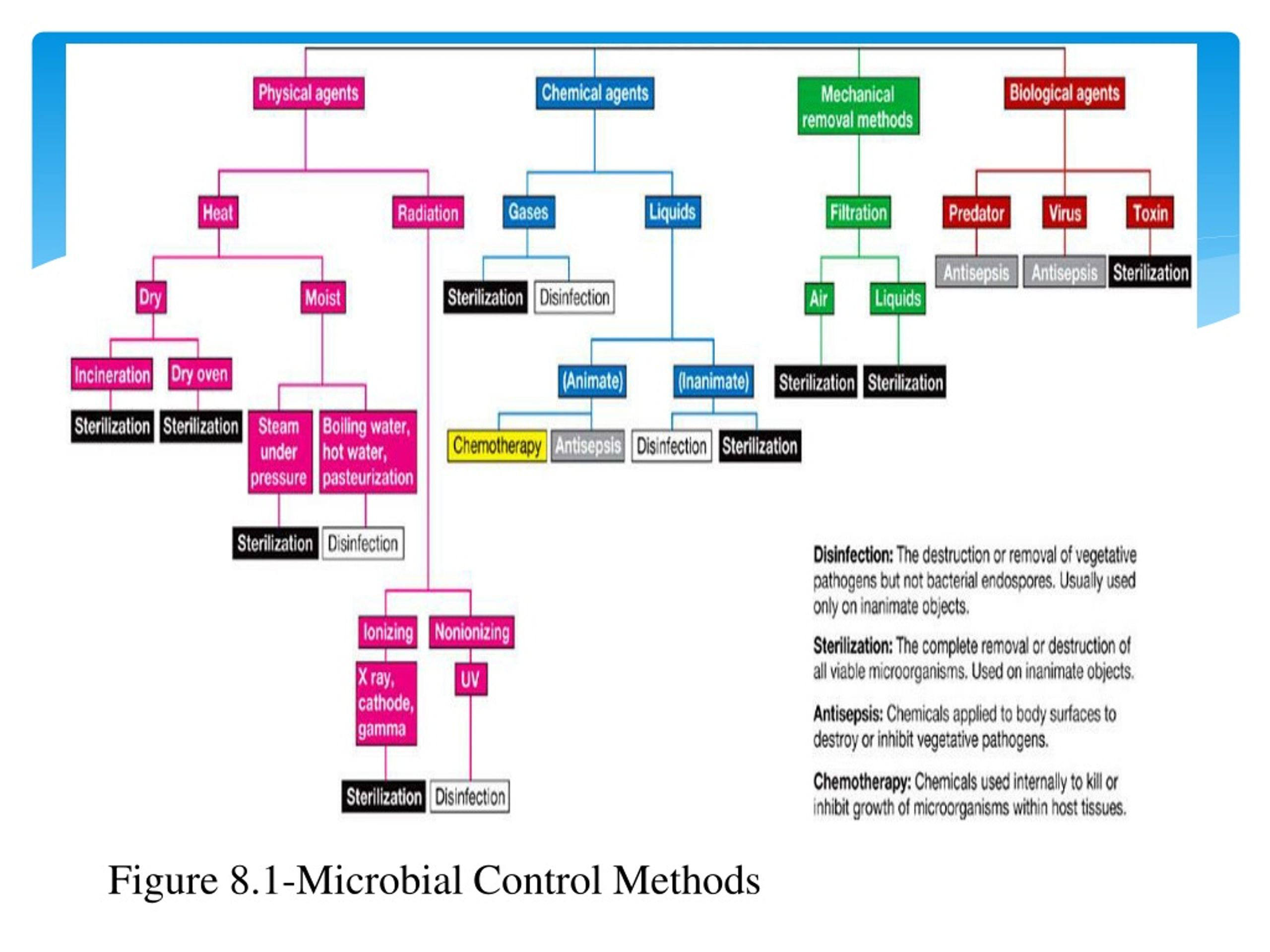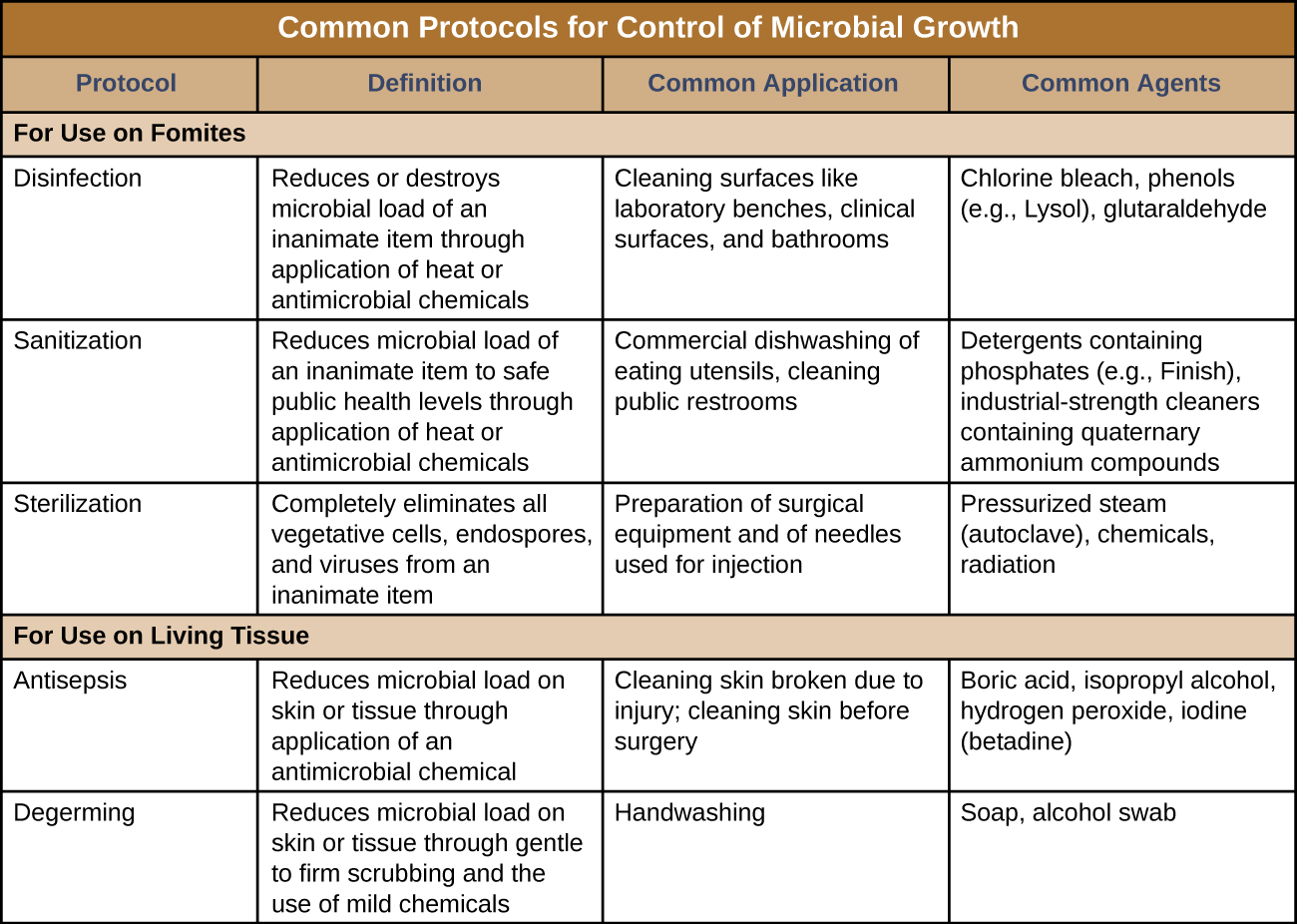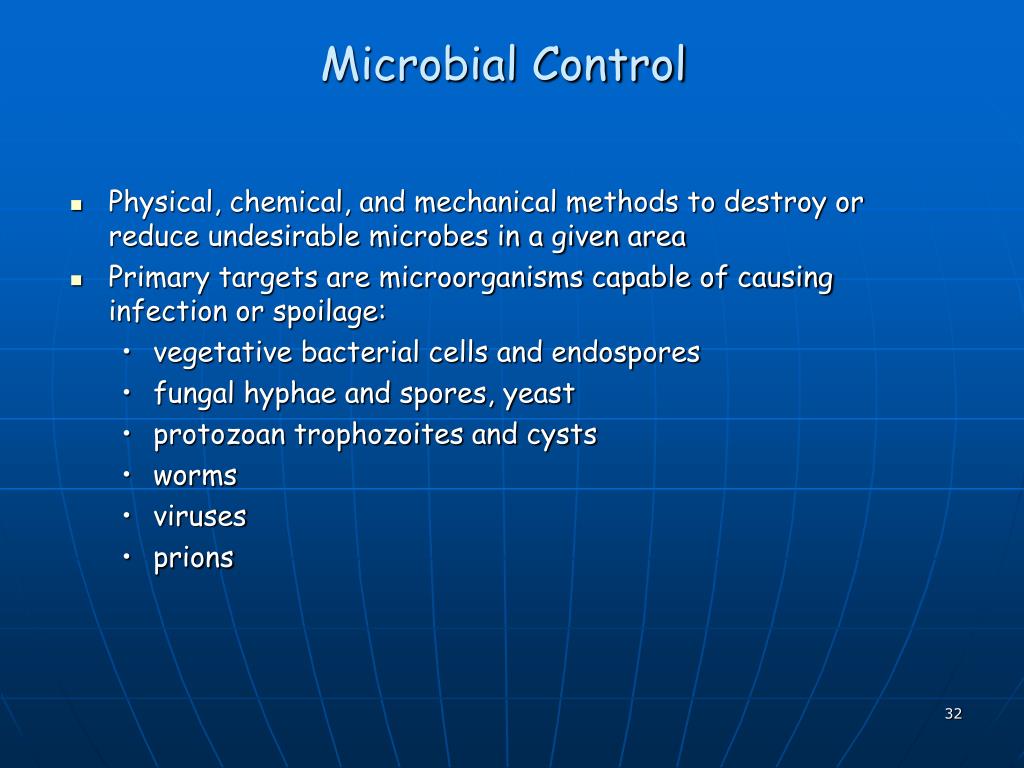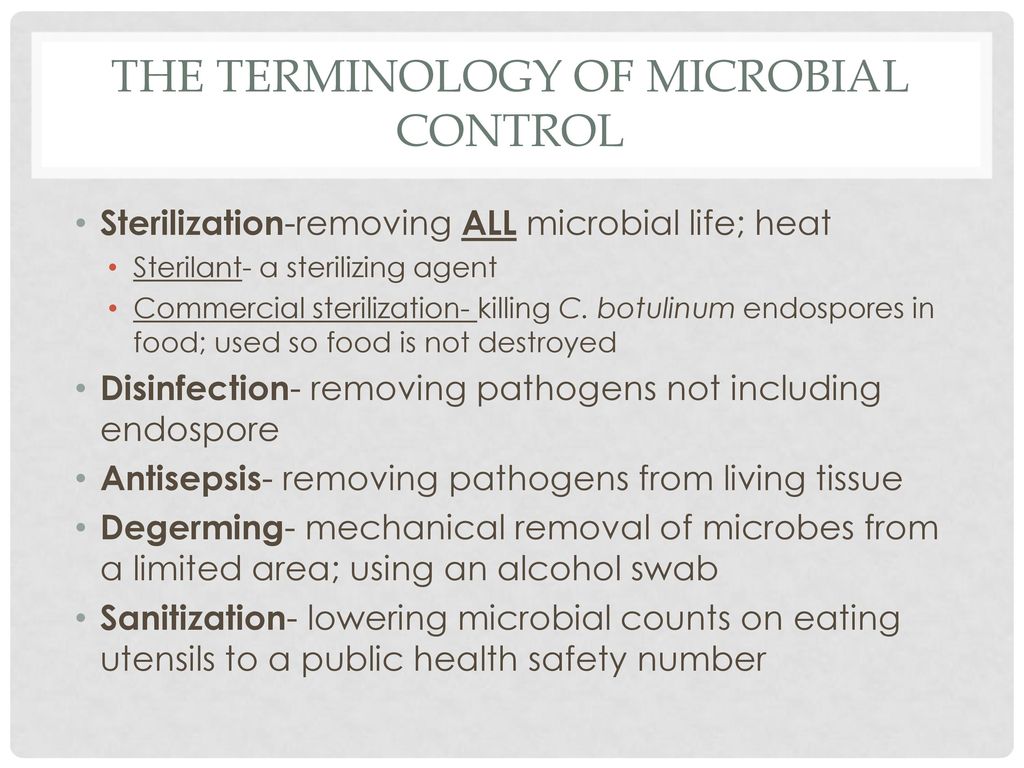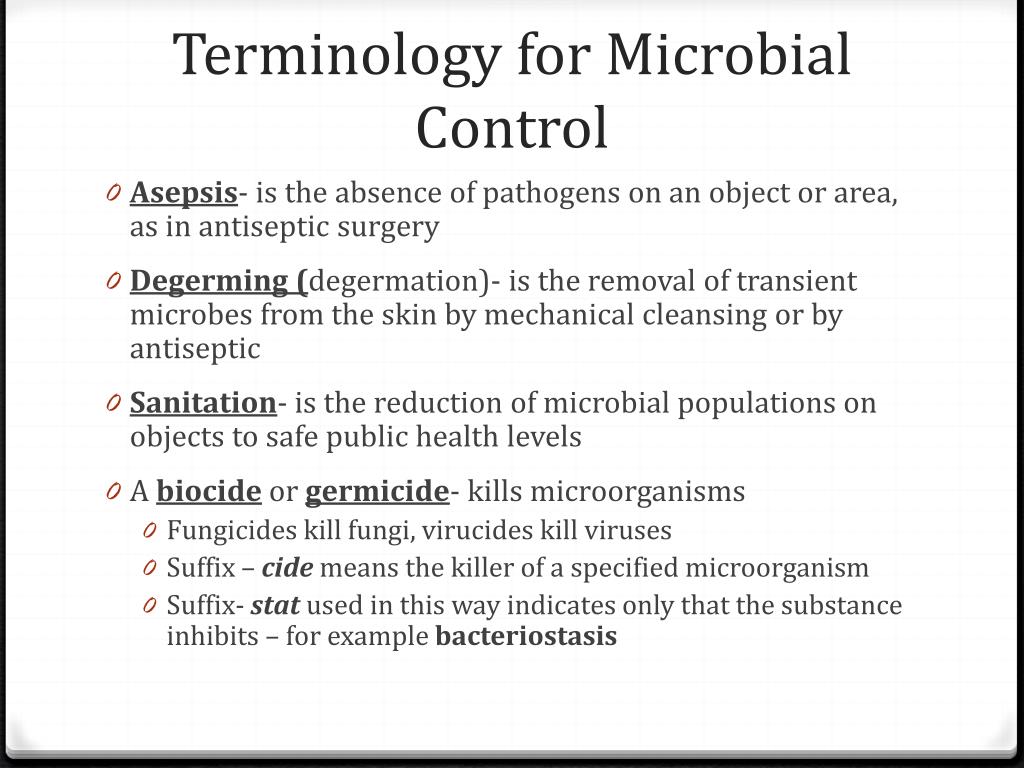Which Of The Following Is An Example Of Microbial Control
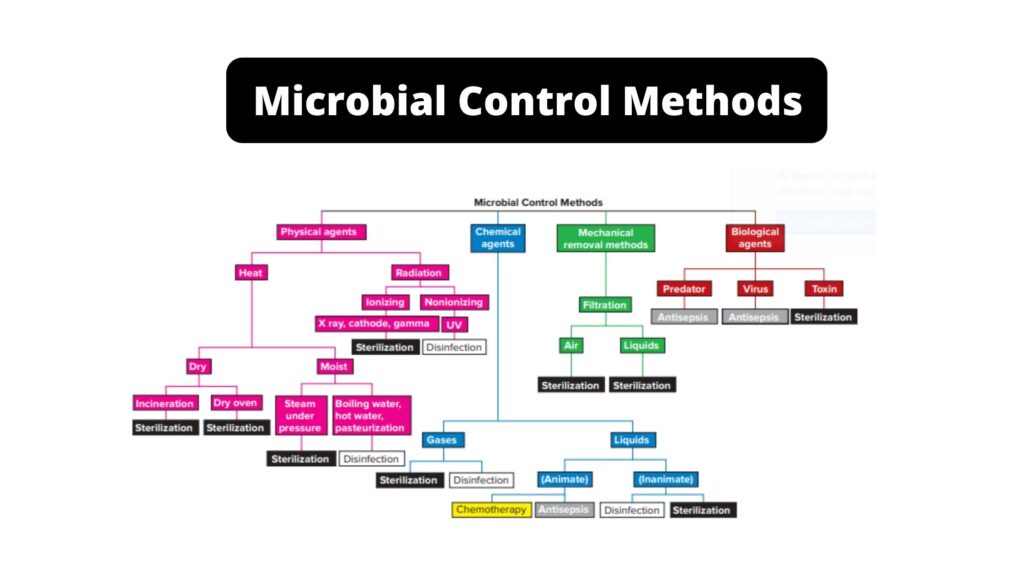
The relentless fight against microscopic organisms, both beneficial and harmful, underpins much of modern life. From sterile operating rooms to the preservation of our food, the methods employed to manage microbial populations are critical. Understanding these methods, and recognizing effective examples of microbial control, is essential for public health, safety, and economic stability.
This article aims to clarify what constitutes microbial control and will examine several techniques used to achieve it. It will explore various strategies, from physical barriers to chemical agents, and provide examples to illustrate their applications. The understanding of these techniques is vital for professionals in healthcare, food production, and environmental science, and is of growing importance to the general public as well.
Defining Microbial Control
Microbial control refers to the methods and techniques used to kill, inhibit, or remove microorganisms. This encompasses a broad range of actions aimed at preventing the spread of disease, preserving materials, and ensuring the quality of products.
It's important to differentiate between several related terms. Sterilization is the complete elimination of all microbial life, including the most resistant forms like endospores.
Disinfection reduces the number of pathogenic organisms to a level where they pose no threat of disease, typically on inanimate objects. Antisepsis is similar to disinfection, but applied to living tissue.
Physical Methods of Microbial Control
Physical methods of microbial control harness physical forces to disrupt or eliminate microorganisms. These methods have been employed for centuries and remain a cornerstone of modern practices.
Heat
Heat is one of the most common and effective physical methods. Moist heat, like autoclaving (steam under pressure), is particularly potent, achieving sterilization by denaturing proteins and disrupting cell membranes.
Pasteurization, using lower temperatures, is used to reduce the number of spoilage organisms and pathogens in liquids like milk and juice, without sterilizing them. Dry heat, requiring higher temperatures and longer exposure times, is also used for sterilizing items that could be damaged by moisture.
Radiation
Radiation is another effective physical method. Ionizing radiation, like gamma rays and X-rays, damages DNA and other cellular components, leading to microbial death.
Non-ionizing radiation, such as ultraviolet (UV) light, is often used to disinfect surfaces and air by damaging DNA. UV radiation is commonly found in hospitals and laboratories.
Filtration
Filtration involves the physical removal of microorganisms from liquids or air. This technique is particularly useful for sterilizing heat-sensitive liquids that would be damaged by autoclaving.
HEPA (High-Efficiency Particulate Air) filters are used in ventilation systems and respirators to remove airborne particles, including microorganisms, preventing their spread. Filtration is a vital part of maintaining sterile environments.
Chemical Methods of Microbial Control
Chemical methods of microbial control utilize antimicrobial chemicals to inhibit or kill microorganisms. The effectiveness of these chemicals depends on factors such as concentration, exposure time, temperature, and the type of microorganism.
Disinfectants
Disinfectants are chemical agents used to kill or inhibit the growth of microorganisms on inanimate objects and surfaces. Common disinfectants include chlorine-based compounds (bleach), alcohols (ethanol, isopropanol), and quaternary ammonium compounds (quats).
The selection of a disinfectant depends on the application. For example, a strong disinfectant may be needed for a contaminated surface in a hospital, while a milder disinfectant might be appropriate for routine cleaning.
Antiseptics
Antiseptics are chemical agents applied to living tissue to kill or inhibit the growth of microorganisms. Examples include iodine, hydrogen peroxide, and chlorhexidine.
Antiseptics are used to clean wounds, prepare skin for surgery, and reduce the risk of infection. The effectiveness of antiseptics depends on factors such as the type of microorganism, the concentration of the antiseptic, and the contact time.
Antibiotics
Antibiotics are a specific class of antimicrobial agents used to treat bacterial infections inside the body. They work by targeting specific bacterial processes, such as cell wall synthesis or protein synthesis.
Overuse and misuse of antibiotics have led to the emergence of antibiotic-resistant bacteria, a serious threat to public health. Responsible antibiotic use is crucial to preserve their effectiveness.
Examples of Microbial Control in Practice
The principles of microbial control are applied in various settings. These applications are designed to protect human health, prevent spoilage, and maintain product quality.
In healthcare, sterilization of surgical instruments, disinfection of hospital surfaces, and antisepsis of skin are essential to prevent hospital-acquired infections. Food processing plants use pasteurization, irradiation, and chemical preservatives to prevent food spoilage and foodborne illnesses.
Water treatment facilities use chlorination, filtration, and UV radiation to disinfect drinking water and wastewater, protecting public health. In laboratories, autoclaving and filtration are used to sterilize media and equipment, ensuring accurate research results.
The Future of Microbial Control
The development of new and improved microbial control methods is an ongoing process. The rise of antibiotic-resistant bacteria and other antimicrobial-resistant organisms necessitates innovation in this field.
Research is focusing on developing new antimicrobial agents, improving existing methods, and finding alternative approaches to microbial control. These approaches include the use of bacteriophages (viruses that infect bacteria), antimicrobial peptides, and nanotechnology.
Continued research and development are critical to ensuring that we can effectively control microorganisms and protect public health in the future. Investment in understanding and combating microbial threats remains a vital part of global security and wellbeing.

